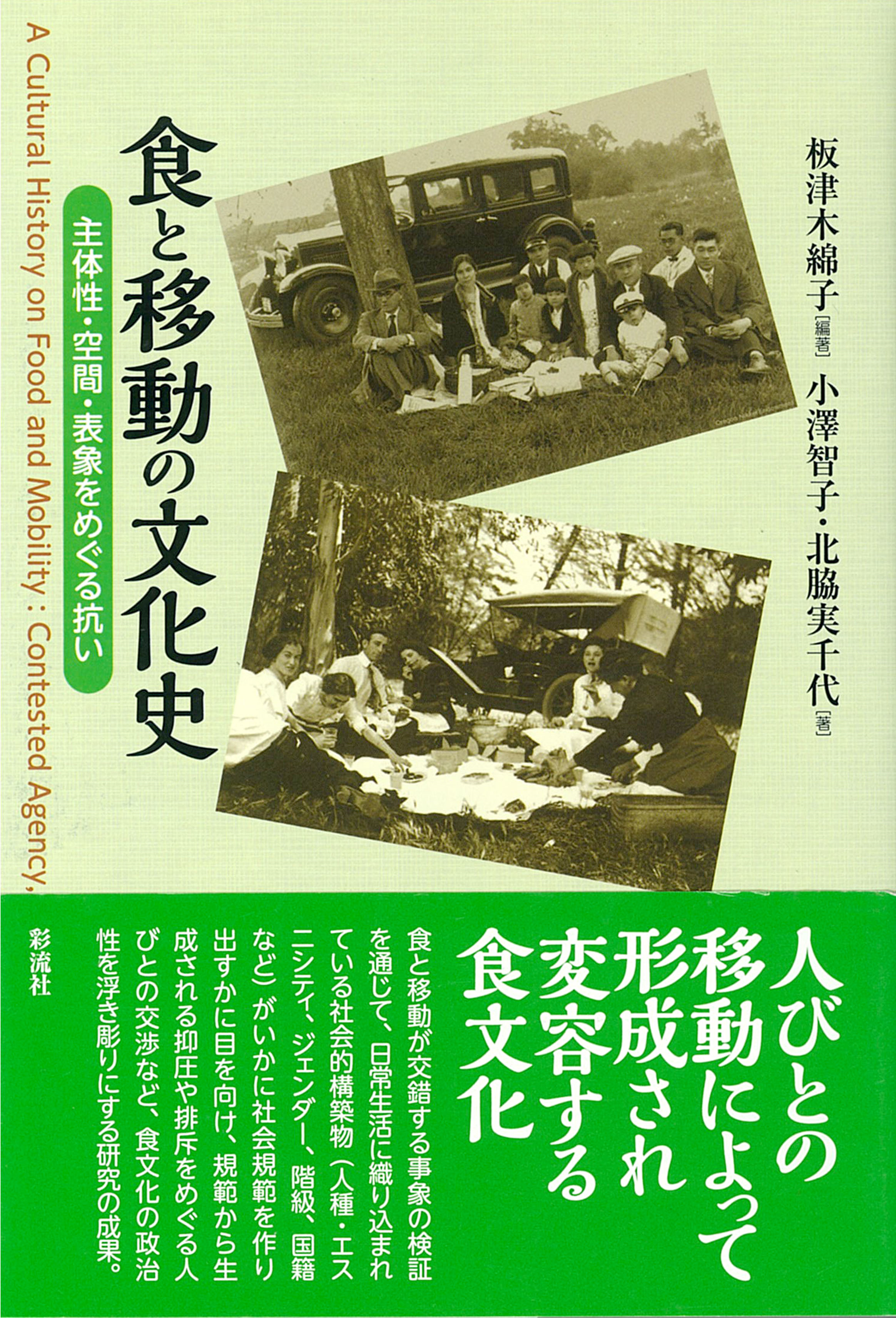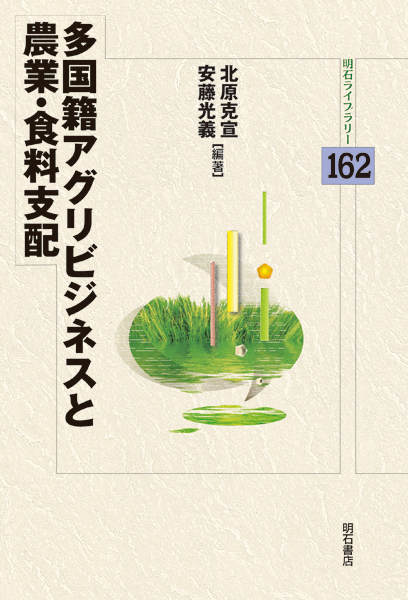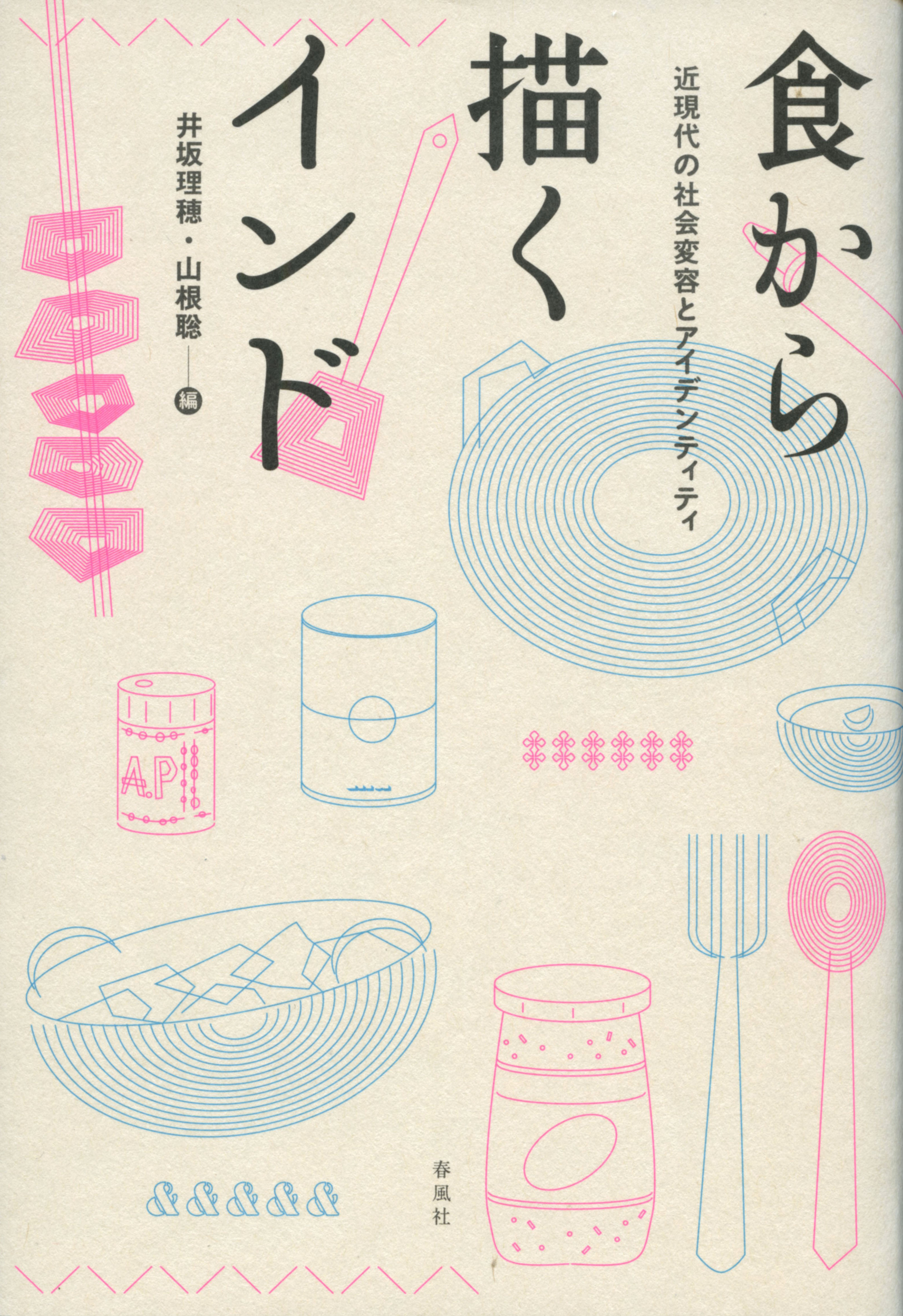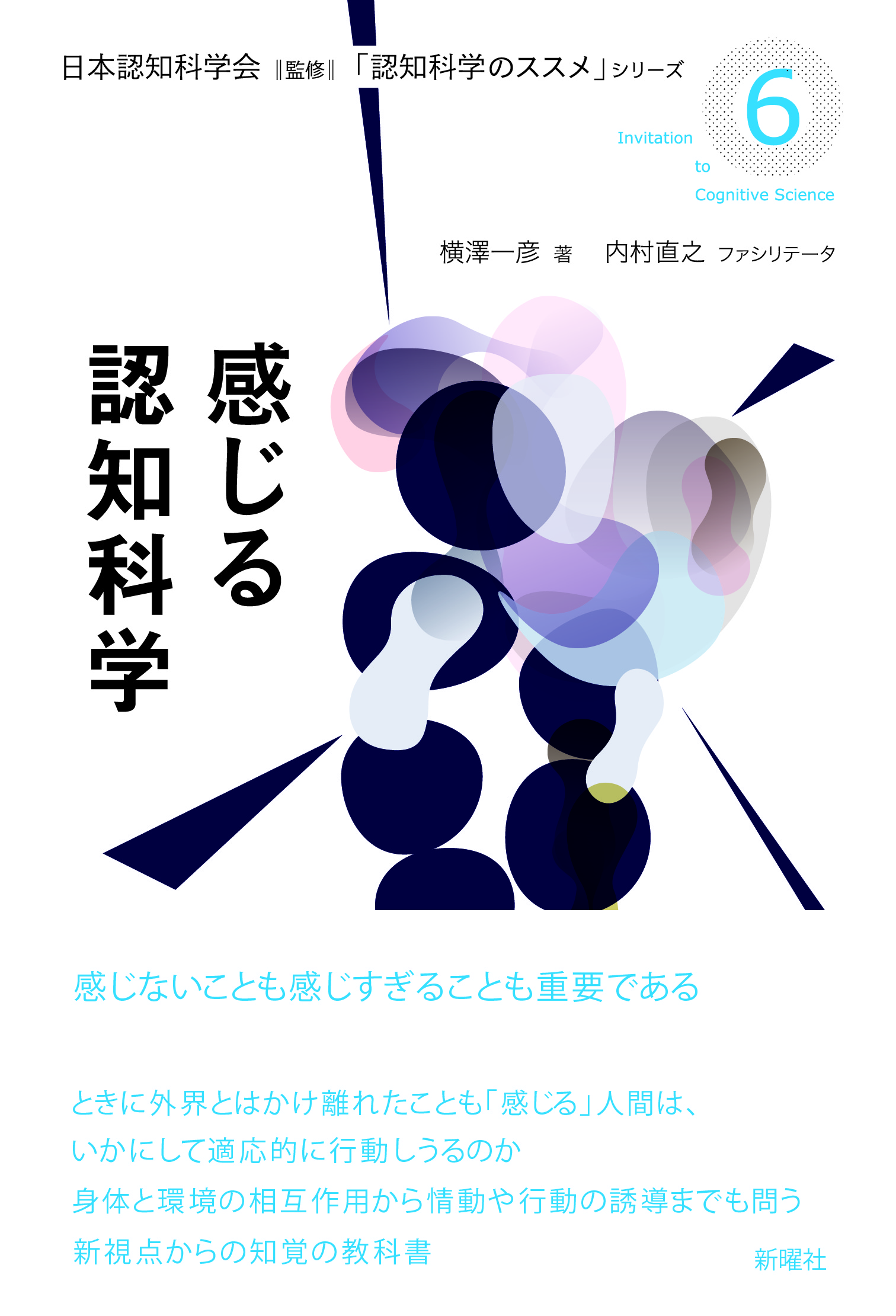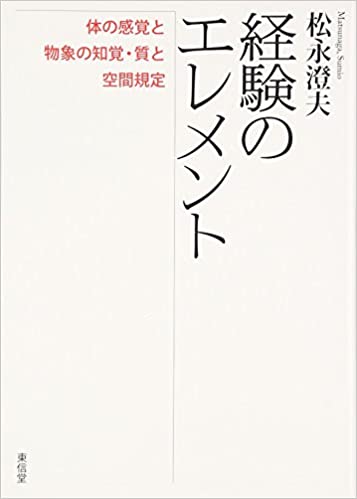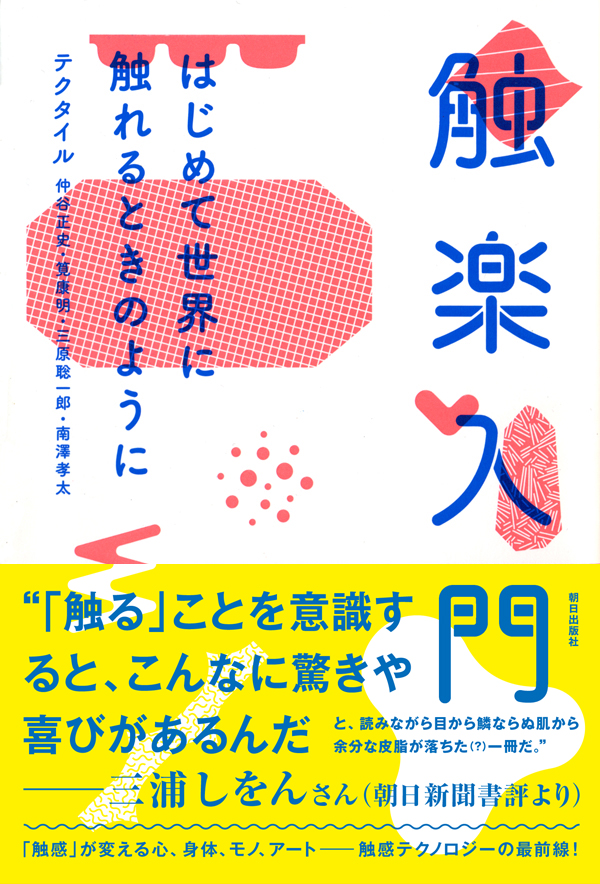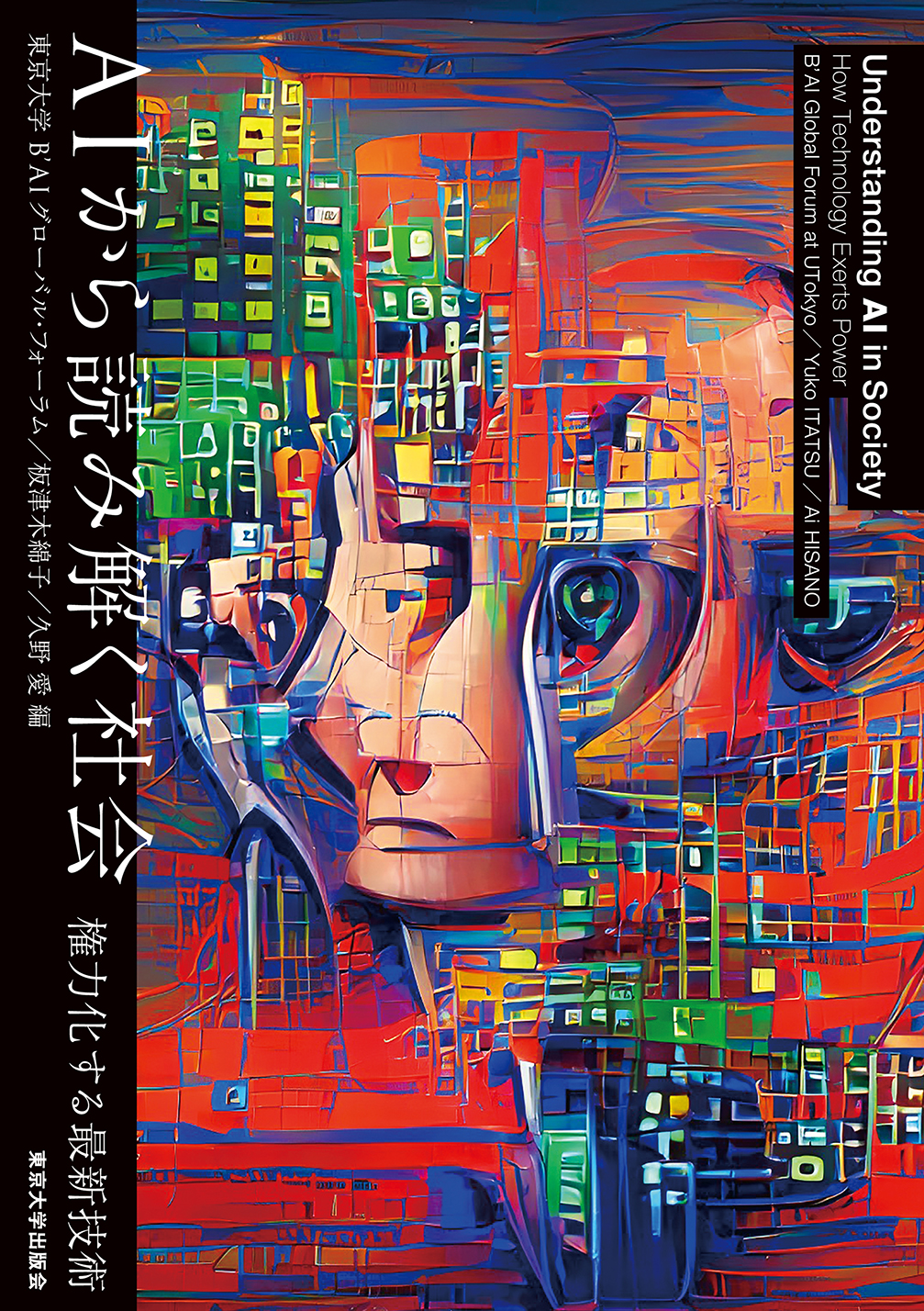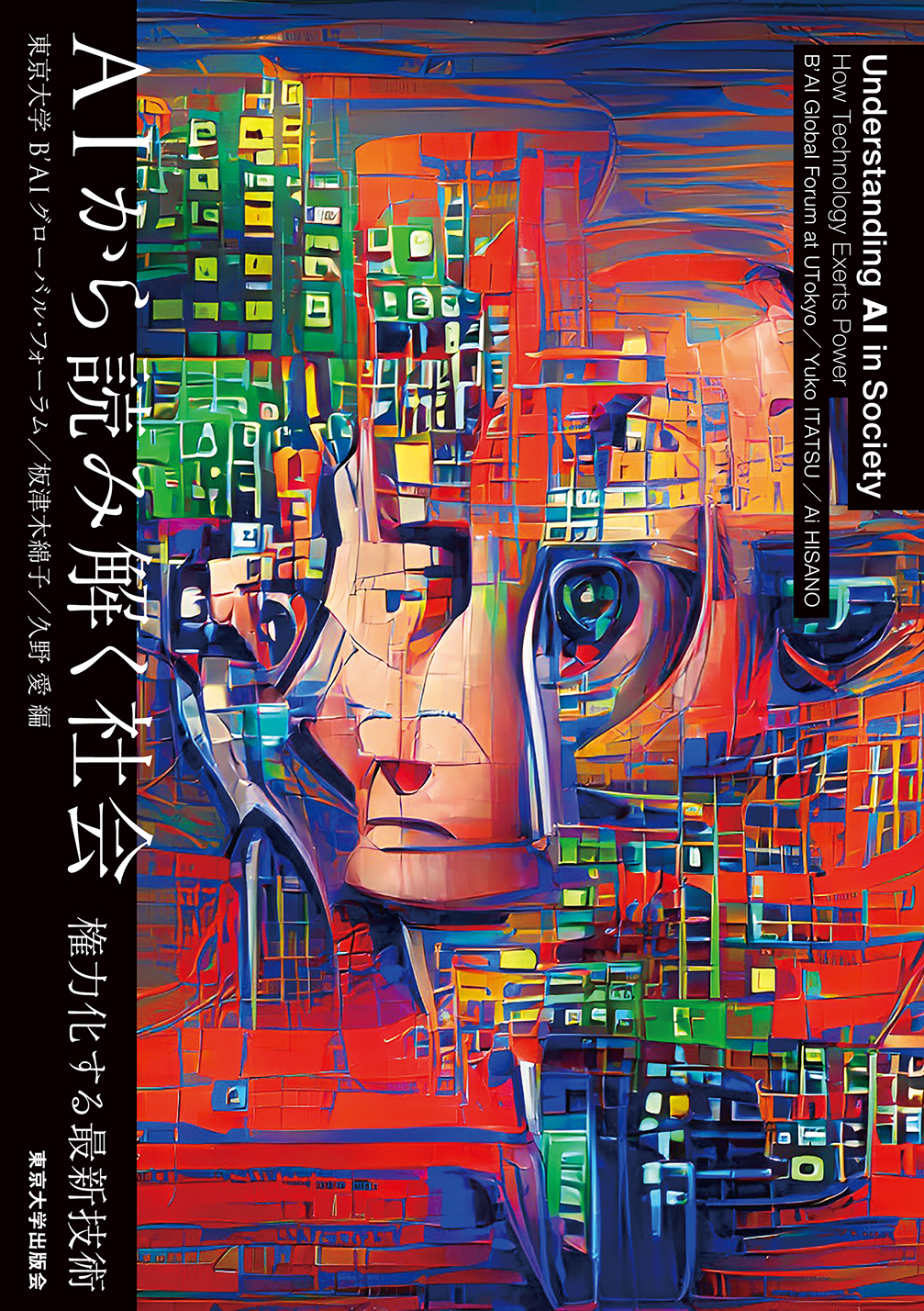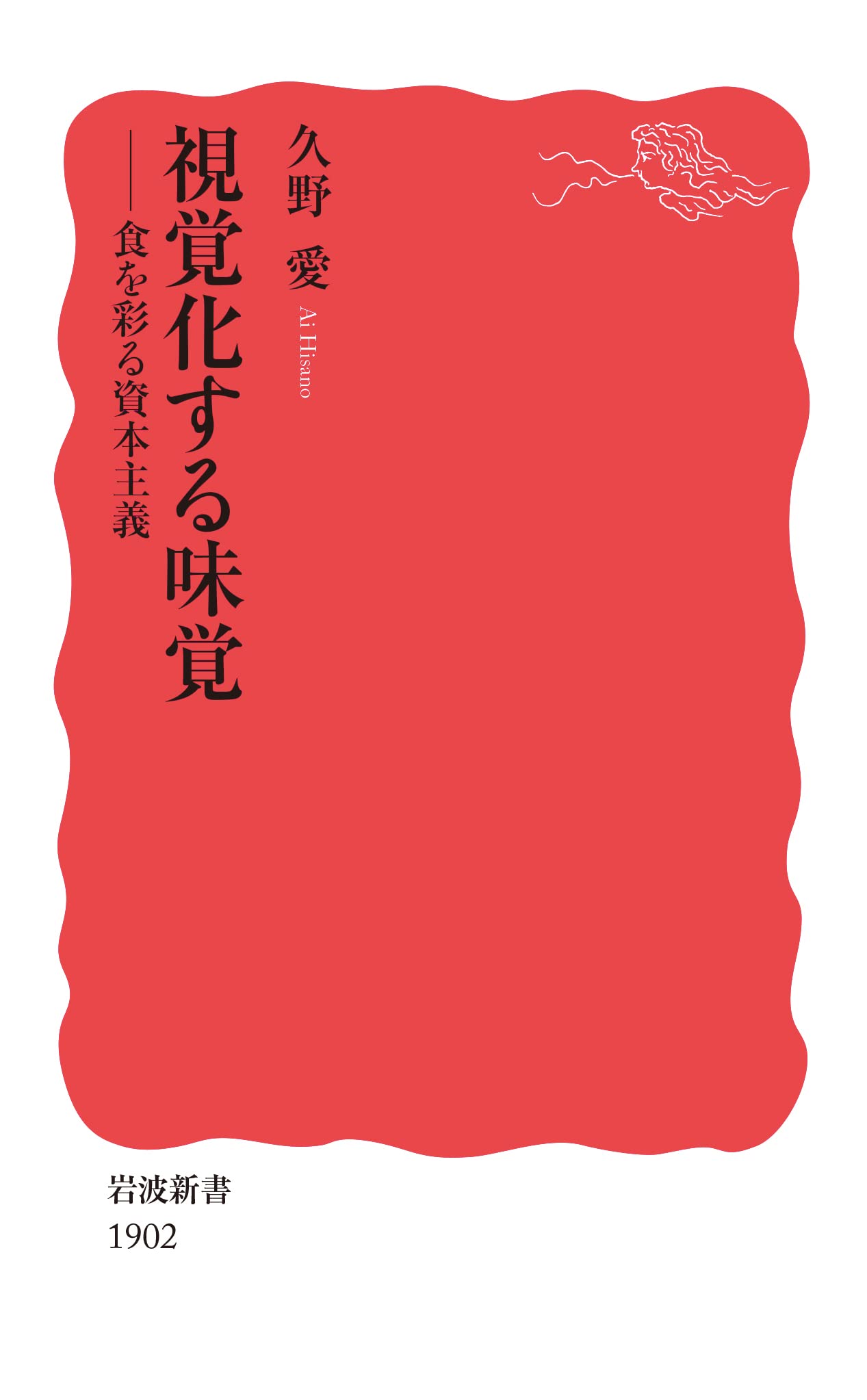
Title
Iwanami Shinsho Shikakuka Suru Mikaku (Visualizing taste - Capitalism and a Color of Food)
Size
232 pages, paperback pocket edition
Language
Japanese
Released
November 19, 2021
ISBN
9784004319023
Published by
Iwanami Shoten
Book Info
See Book Availability at Library
Japanese Page
From the late nineteenth century, businesses became significant forces in transforming the way we perceive the world. There have been many studies of the changes in our perception in the cases of, for example, railroads, electric lights, and telegraph. These new technologies altered people’s notions of time and space. This was also a time when people’s sensory experiences changed fundamentally, though this has been studied less. In the late nineteenth century, firms began developing technology to measure, define, and commodify something seemingly personal and intangible — the senses — by quantifying color perception and analyzing olfactory sensations based on chemical components. They sought to control sensory perception in the way they controlled the manufacturing of consumer products like sewing machines, but this turned out to be more challenging. The consequences also were much more profound and far-reaching.
This book analyzes this particular role of businesses in shaping sensory experiences by exploring the origins and development of the use of visual appeals, particularly color, as a key driver of demand in the food industry in the United States (US) from the 1870s to the 1970s. Today, we take for granted the color of certain foods and use it as a quality criterion. Few realize that these colors are historical constructs. As this book argues, the color that many consumers today associate with certain foods is the result of economic, political, and cultural negotiations between farmers, food processors, dye makers, government officials, consumers, and large non-food companies like DuPont and General Electric; these actors co-created the color of foods, which many consumers came to believe as natural.
The book situates the management of color within the broad context of the shifting nature of capitalism. With rapid industrialization and the expansion of the market in the 1870s and 1880s, firms began developing production and marketing strategies based on systematic management, large-scale operations, and modern science knowledge. Ways to stimulate consumer demand thus became far more sophisticated than ever before. The early development of mass production and mass marketing of foods and the expansion of a modern retailing system in the US proved particularly conducive to the control of color. While the US was prominent in creating standardized color, there were parallel developments in other industrialized economies. The book contends, through the case of visuality of foods, that as firms sought to control sensory perception as something rationalizable, fungible, and manipulable, the use of the senses in business strategies became not only possible but also crucial to whet consumers’ appetite.
This creation of color was, and is, a business practice largely invisible to consumers. Unpacking the untold story reveals not only how businesses managed and controlled the color of foods but also how the creation of color altered the way we think of food and, even more broadly, nature. Naturalness, as well as freshness, is far from a “natural” state of foods; rather it is a hybrid of nature and artifice that food producers and scientists have created with careful control and engineering.
(Written by HISANO Ai, Associate Professor, Interfaculty Initiative in Information Studies / 2022)
Related Info
Ai Hisano, Visualizing Taste: How Business Changed the Look of What You Eat, Harvard University Press, 2019.
https://www.hup.harvard.edu/catalog.php?isbn=9780674983892
Related Article:
“How Sight — Not Taste, Smell, or Touch — Became the Sense of the Supermarket” (Behavioral Scientist October 19, 2020)
https://behavioralscientist.org/how-sight-not-taste-smell-or-touch-became-the-sense-of-the-supermarket/
“The Color of Food” (Harvard University Press Blog 16 March, 2020)
https://harvardpress.typepad.com/hup_publicity/2020/03/the-color-of-food.html
“When the Government Decided the Spread on Your Toast Should Be Pink” (Zocalo Public Square January 15, 2020)
https://www.zocalopublicsquare.org/2020/01/15/when-the-government-decided-the-spread-on-your-toast-should-be-pink/ideas/essay/?xid=PS_smithsonian
“How the Government Came to Decide the Color of Your Food” (Smithsonian Magazine January 15, 2020)
https://www.smithsonianmag.com/innovation/how-government-came-to-decide-color-your-food-180973962/
Interview:
An Interview with Assoc. Prof. HISANO, Ai (Part 1) (The University of Tokyo III and GSII April 8, 2022)
https://www.iii.u-tokyo.ac.jp/research/220408interview
An Interview with Assoc. Prof. HISANO, Ai (Part 2) (The University of Tokyo III and GSII April 15, 2022)
https://www.iii.u-tokyo.ac.jp/research/220415interview



 Find a book
Find a book


